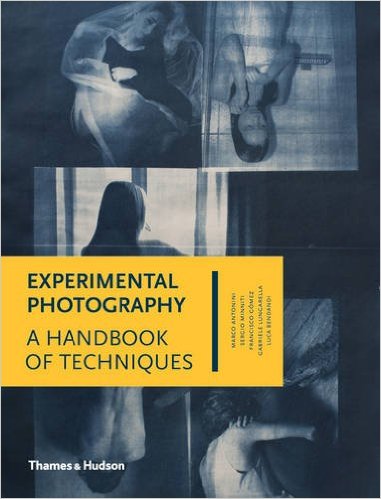The technique of panning allows us a moment of rebellion against the stillness of photography, producing images that convey a strong sense of movement. Slow your shutter speed and show us how you’ve captured the energy of moving objects for this challenge - click on ‘The brief in detail’ tab for the full brief!
The experts winner and the crowd's winner will receive a copy of Experimental Photography: A Handbook of Techniques by Luca Bendandi.
The brief in detail:
The basic idea with panning is to move your camera along in time with the moving subject, keeping the subject in the same position of the frame as you pan. The technique can be used to suggest motion, and to draw attention to the subject by blurring other elements in the shot. It is frequently employed in sports photography, where fast-moving cars, cyclists, runners, and other objects are in abundance, but it can also be used to capture subjects in everyday situations, from animals on the move to children at play or a taxi racing down the street.
Because it relies on movement from the photographer, panning can be quite tricky, so it may take some practice (and patience!). Getting the right shutter speed is key, and will depend on how fast your subject is moving. It needs to be slow enough to create a blurred scene whilst being fast enough to make it possible to retain your subject’s sharpness. One rule of thumb is to take your subject’s estimated mile per hour speed and convert it into shutter speed, e.g. 90mph = 1/90 s. For more panning tips and tricks, check out these guides:
https://www.ephotozine.com/article/camera-panning-technique-4768
http://www.nikonusa.com/en/learn-and-explore/article/hni1oyld/10-tips-for-better-camera-panning.html
http://digital-photography-school.com/mastering-panning-to-photograph-moving-subjects/
The experts winner and the crowd's winner will receive a copy of Experimental Photography: A Handbook of Techniques by Luca Bendandi (Thames and Hudson, 2012). The highest-placed entries will appear on Photocrowd's 'best images' page and social media channels.

Every photo submitted will be available for the crowd to rate once the submissions period has ended. You can see all the images uploaded to a contest, but will need to rate them to see how they’re ranked once the rating period begins.
Some contests on Photocrowd also have a judge. After the submission period closes the judge chooses their favourite images and writes some image reviews. The crowd and judge results will be announced on the same day.
- Entries closed
- 4 May 2016
- Rating
- 4 May 2016 to 13 May 2016
- Winners announced
- 13 May 2016
For a more detailed explanation of how rating works, see our FAQs